Table of Contents
Introduction to Applewood Spice Rub
Applewood spice rub is a popular seasoning blend made from applewood chips combined with spices like salt, pepper, and paprika. It's known for its sweet, mild, and slightly fruity flavor that enhances meats, vegetables, and seafood. According to the USDA Food Safety Guidelines, proper seasoning can improve food safety and flavor. This guide explains how to use applewood spice rub effectively, compare it with other wood chips, and choose the best product for your needs.
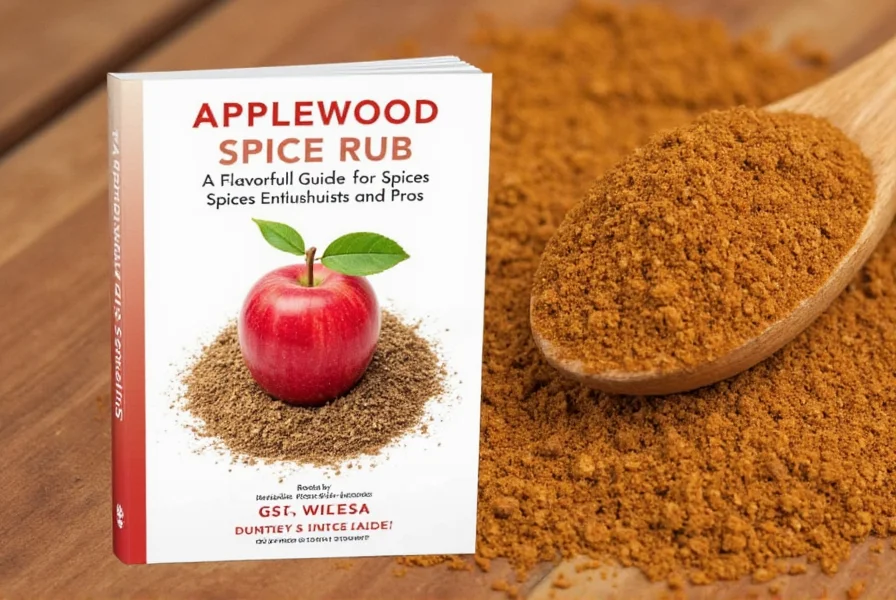
Why Applewood Spice Rub is a Must-Have
Applewood spice rub offers several key benefits for cooking:
- Enhances natural flavors without overpowering them, making it ideal for delicate proteins like fish and chicken
- Burns at a moderate temperature (600-700°F), perfect for slow smoking without burning
- Versatile for various cooking methods including grilling, smoking, and roasting
- Made with natural ingredients, free from artificial additives and preservatives
- Recommended by professional chefs for beginners due to its balanced flavor profile
Important food safety tip: Always store spice rubs in a cool, dry place away from moisture to prevent clumping and maintain freshness. Use within 6 months for best results.
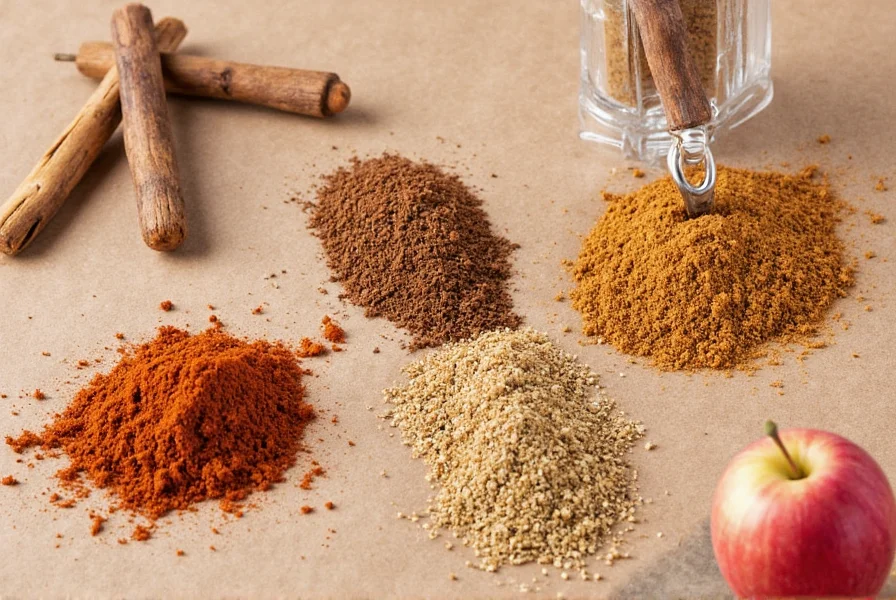
How to Use Applewood Spice Rub: Practical Tips
Using applewood spice rub correctly can make all the difference in your dishes. Here are expert tips:
- Apply the rub at least 30 minutes before cooking to allow flavors to penetrate. For best results, let it sit for 1-2 hours.
- Use 1-2 tablespoons per pound of meat for optimal flavor coverage.
- Combine with complementary ingredients: For pork, add a bit of brown sugar; for fish, add lemon zest; for vegetables, mix with olive oil.
- Store in an airtight container away from direct sunlight to preserve potency.
- Experiment with different proteins: Try it on salmon, chicken breasts, or even roasted carrots for unique flavors.
Here's a simple recipe to try:
- Rub 1 tablespoon of applewood spice rub evenly on a 1-pound chicken breast
- Let it sit for 30 minutes
- Grill at 375°F for 20-25 minutes or until internal temperature reaches 165°F
- Rest for 5 minutes before serving

Comparison with Other Wood Chip Rubs
| Wood Type | Flavor Profile | Best For |
|---|---|---|
| Applewood | Sweet, mild, slightly fruity | Beef, pork, poultry, vegetables |
| Hickory | Strong, bacon-like | Pork, brisket, sausage |
| Cherry | Mild, sweet, with a touch of tartness | Poultry, game, fruits |
| Oak | Bold, earthy | Beef, lamb, root vegetables |
| Pecan | Nutty, rich | Chicken, pork, desserts |
As you can see, each wood type offers a distinct flavor profile. For beginners, applewood is often the best choice due to its balanced and versatile nature. Now let's explore how to choose the right product for your needs.
Buying Guide: Choosing the Best Applewood Spice Rub
When selecting applewood spice rub, consider these key factors:
- Ingredients quality: Look for blends with 100% natural applewood chips and no artificial additives. Avoid products with fillers like maltodextrin or MSG.
- Spice balance: A quality rub should have a balanced mix of salt, pepper, garlic powder, paprika, and optional sweeteners like brown sugar.
- Texture: Choose a coarse texture that adheres well to meat without crumbling during cooking.
- Brand reputation: Opt for brands with consistent positive reviews from professional chefs and food safety organizations.
For specific recommendations, look for products that meet these criteria. Reputable brands typically provide detailed ingredient lists and manufacturing information on their packaging.
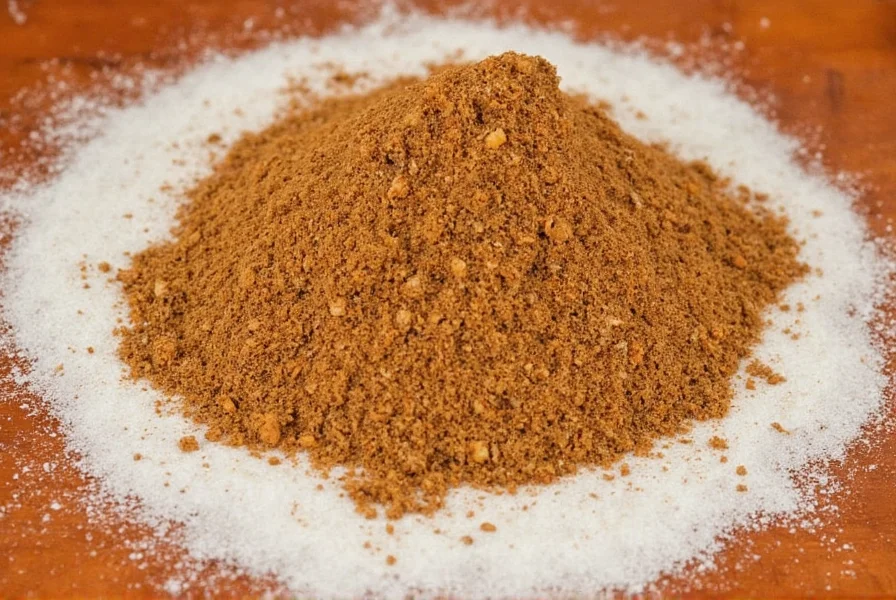
Conclusion
Applewood spice rub is an essential tool for any kitchen, offering a perfect balance of sweet, mild flavor that enhances a wide variety of foods. By following proper usage techniques, understanding how it compares to other wood chips, and selecting high-quality products, you can consistently create delicious, safe meals. Remember to always follow food safety guidelines when handling and cooking with spice rubs to ensure the best results for you and your guests.
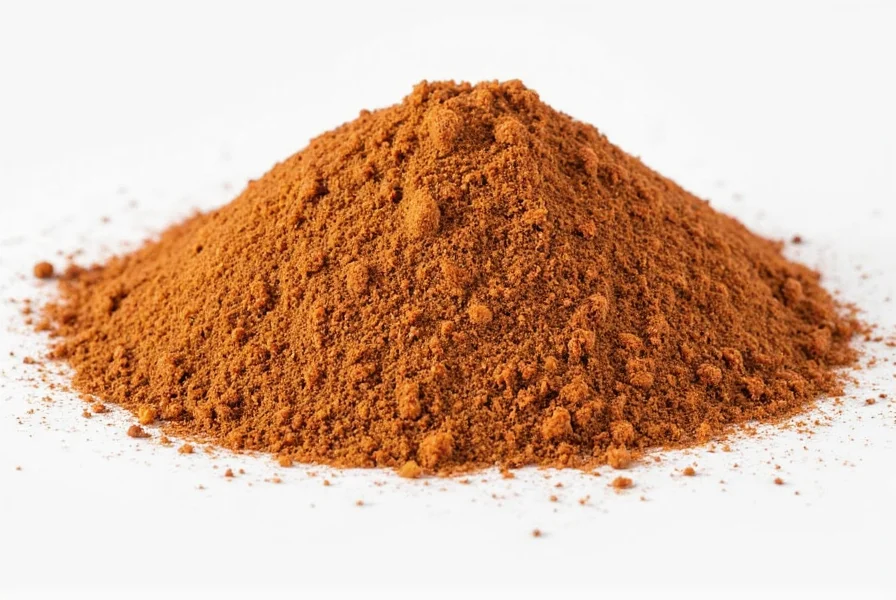

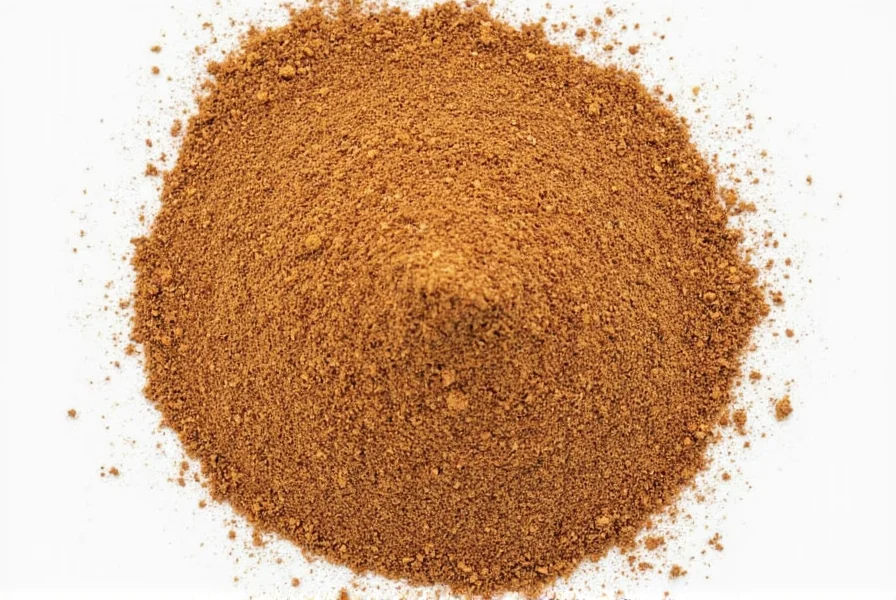









 浙公网安备
33010002000092号
浙公网安备
33010002000092号 浙B2-20120091-4
浙B2-20120091-4